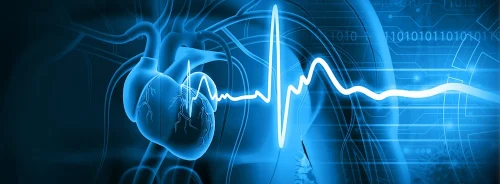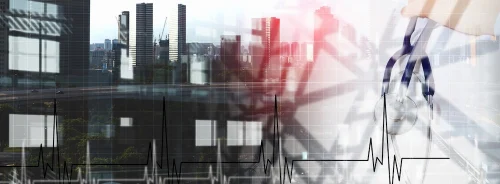HealthManagement, Volume 2 - Issue 2, Winter 2008
Dear Readers,
Medical technology is constantly widening the diagnostic and therapeutic horizons in our professional lives. It provides hope for the patient who looks to the rapidly developing medical technology of tomorrow for a solution to his or her complex health problems today. Simultaneously, medical technology represents a remarkable sector of corporate activity, on both sides of the Atlantic. Focusing on Europe, we recognise that approximately 11,000 companies are active in the field of medical technology, with the greatest number of these based in the United Kingdom. According to 2005 data, it is estimated that the medical technology industry in Europe has sales of approximately 63.6 billion euros, with an annual growth rate that averages between 5 and 6%.
Undoubtedly, of particular importance to the European Union, are the investments that insurance companies make in every form of medical technology. Notwithstanding however, the important developments in the field, the question arises of whether all Europeans have equal access to medical technology?
Quite simply, the answer is no. Differences exist between member countries and frequently even between regions within the same country. Within the same country, differences between the economic sectors are hardly rare. This disappointing observation is somewhat tempered by the fact that generally, European citizens have one of the best average ratios of access to medical technology worldwide.
If an expert were to attempt to investigate the reasons and causes leading to this heterogeneity in access to medical technology, he would inevitably have to analyse complex social, professional and economic issues. All these factors lead to a heterogeneous reality, in which evidence-based medicine and its pillar, the guidelines, are implemented to varying degrees, in diverse ways, indifferent populations.
In Europe, it is a fact that the financial reality varies significantly, since the gross domestic product per capita ranges from 72,000 euros in the northern European countries to approximately 4,000 euros in other countries. Are the reasons behind a varying degree of access to technology mainly financial? Perhaps, but not entirely. If one observes the traditionally well-developed national health system in the United Kingdom, significant differences also exist - for example, its low number of invasive cardiology and electrophysiology laboratories.
Differences in access to medical technology are often linked to regional, political and to some degree, arbitrary decisions, as well as rationales that eschew from the spirit of the guidelines and incomprehensive postgraduate training; to name but a few. Scientific bodies are systematically trying to improve this situation. Various surveys that are developed and run by scientific bodies, like the Euro heart Survey, aim at evaluating the existing realities and subsequently at contributing to the harmonisation of medical practice in Europe. This is an aim we share and the reason we focused on “Patient Access to Medical Technology” in this issue.
Yours faithfully,
Panos
E. Vardas,
MD, PhD Professor
of Cardiology






